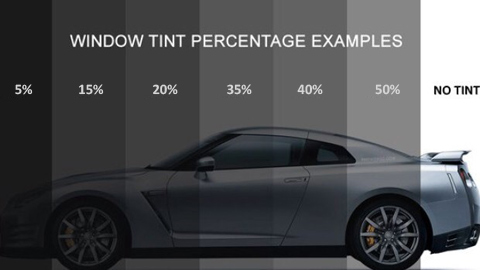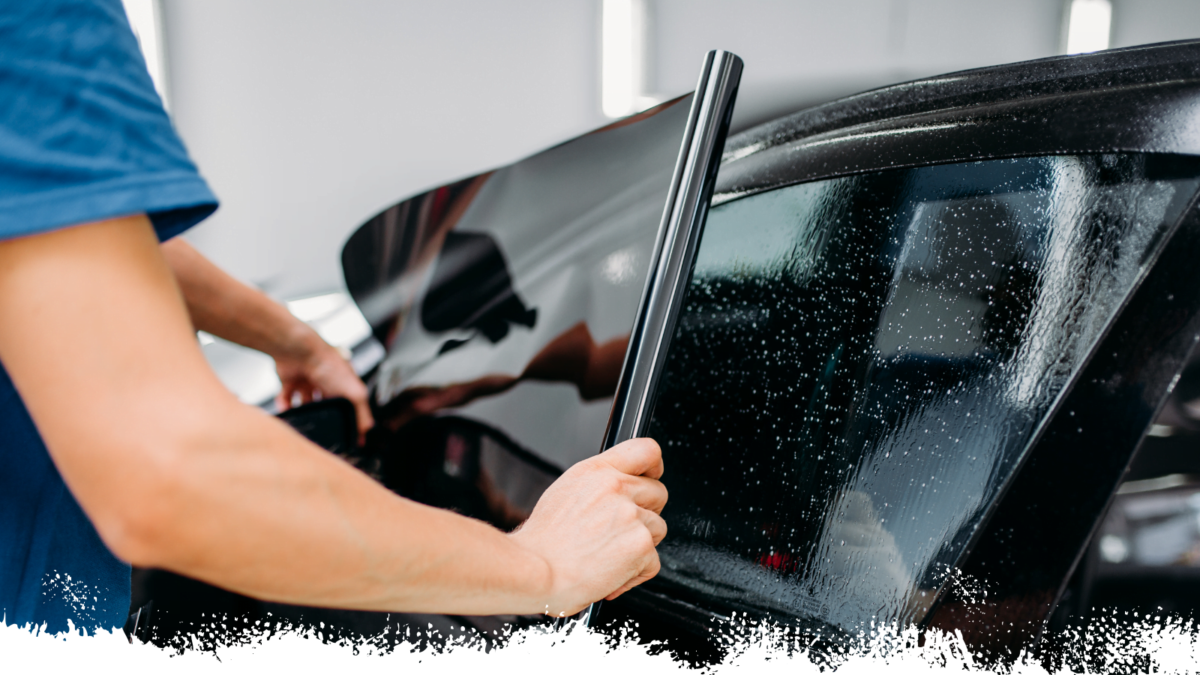Checking Out the Different Kinds of Home Window Tinting: A Comprehensive Overview for Vehicle Owners
In the world of automotive improvements, window tinting stands out as a functional choice for car owners aiming to improve convenience and aesthetics while providing crucial defense. With different sorts of films available-- ranging from dyed and metalized to innovative ceramic alternatives-- each deals unique advantages and possible downsides that merit mindful consideration. Recognizing the legal laws governing tinting in various jurisdictions includes one more layer of complexity to the decision-making process. As we check out these options, the ramifications for both functionality and compliance end up being progressively clear.
Advantages of Window Tinting
Home window tinting provides a myriad of advantages that enhance both the visual appeal and capability of lorries. Among the main benefits is the decrease of unsafe ultraviolet (UV) rays, which can lead to skin damage and increase the danger of skin cancer. By obstructing up to 99% of UV radiation, colored windows give necessary security for travelers during daily commutes or long journeys.
Additionally, window tinting significantly improves indoor convenience by decreasing glow and heat build-up. This not only produces a much more positive driving experience but likewise minimizes the reliance on cooling, bring about fuel savings. Enhanced personal privacy is an additional critical advantage; colored windows obscure the sight right into the automobile, guarding personal possessions and ensuring a complacency for residents.
Additionally, home window tinting can lengthen the life expectancy of an automobile's interior by lowering sun damage, such as fading and fracturing of upholstery. Finally, lots of territories recognize the visual worth of tinted home windows, which can elevate a vehicle's general look and resale value. In recap, the multifaceted benefits of window tinting make it a beneficial investment for automobile owners looking for to enhance comfort, security, and design.
Kinds Of Home Window Color Movies
A range of window tint films are readily available on the market, each designed to satisfy various demands and preferences. One of the most usual kinds include colored, metalized, ceramic, and hybrid films.
Colored movies are prominent for their visual charm, as they give a darker color without showing light. Metalized movies, on the other hand, include metal particles that reflect heat and UV rays, boosting durability and efficiency.
Ceramic movies represent a premium choice, providing remarkable heat being rejected and UV protection without the disadvantages of reflectivity. These movies are non-conductive and do not affect digital tools, making them a popular selection among automobile owners seeking high efficiency. Hybrid films incorporate the benefits of dyed and metalized movies, using an equilibrium in between cost and efficiency.
Selecting the right film relies on private concerns such as warmth rejection, visual appeals, and budget plan. Comprehending the features of each type can direct vehicle owners in making educated decisions that straighten with their specific needs and preferences.

Lawful Rules on Tints
Lawful policies on home window tinting vary dramatically throughout different regions, mirroring neighborhood regulations and safety and security requirements aimed at guaranteeing motorist visibility and safety and security. In the United States, for circumstances, each state has its own set of policies regulating the acceptable levels of tint darkness, commonly determined by Visible Light Transmission (VLT) portions. While some states permit darker colors for back windows, others enforce stricter limits on front side home windows and windscreens.
Worldwide, laws can vary a lot more dramatically (window tinting clovis). Nations may enforce total bans on tinting or restrict it to lighter tones. In the European Union, the front windscreen has to allow at least 75% of light to pass through, while the front side windows should allow at the very least 70%.
Compliance with these regulations is vital, as failing to adhere can result in fines, required elimination of non-compliant tints, or even lorry inspections. Car proprietors ought to acquaint themselves with their neighborhood regulations before applying home window tinting. Consulting with experts and examining state or nationwide guidelines can aid make certain that any type of chosen color complies with lawful criteria, eventually enhancing both safety and security and aesthetic appeals.
Installation Process and Factors To Consider
When thinking about the anonymous installation of home window tinting for vehicles, several crucial factors should be taken into consideration to ensure an effective end result. Selecting the ideal kind of tint is critical, as different materials offer various degrees of heat rejection, UV defense, and visual allure. Additionally, it is very important to examine neighborhood policies concerning color darkness and reflectivity to continue to be compliant with the law.
The installation process itself can be carried out DIY or by a specialist. While do it yourself kits are offered, expert setup is frequently advised for ideal outcomes. Professionals have the required abilities, tools, and experience to ensure a flawless application, which minimizes the threat of bubbles, folds, or peeling.
Prior to setup, the automobile's home windows should be completely cleaned and dried out to stop impurities from disrupting the adhesive. Correct preparation is important to attaining a smooth finish. It's recommended to schedule setup during modest weather conditions, as extreme temperatures can influence the treating procedure of the color. By thinking about these factors, car owners can boost their driving experience while making certain the durability and efficiency of their window tint.
Upkeep and Care Tips
Correct upkeep and treatment are important for protecting like it the appearance and capability of window tinting after installation. To guarantee longevity, automobile proprietors should wait a minimum of 48 hours before rolling down their windows, allowing the glue to treat correctly. Normal cleaning is crucial; nevertheless, it is very important to make use of mild, ammonia-free services and soft microfiber towels to stay clear of scratching the color.
When washing your vehicle, avoid high-pressure water sprays straight on the colored windows, as this can damage the adhesive with time. Instead, make use of a moist towel to wipe the surface gently. In addition, refrain from utilizing unpleasant products, such as rough sponges or brushes, which can harm the tint.
Examine your window color periodically for indicators of bubbling, peeling off, or staining. Speak with a professional to identify whether replacements or repairs are necessary if any kind of issues are detected. Parking in shaded areas or using sunshades can even more safeguard your color from extended sunlight direct exposure, which can lead to fading.
Verdict
In summary, comprehending the different types of window tinting is crucial for lorry owners aiming to improve comfort, visual appeals, and protection. Correct installment and upkeep further guarantee window tinting clovis optimum efficiency and durability of the tint.
In recap, the complex benefits of window tinting make it an important investment for automobile proprietors seeking to boost design, safety and security, and convenience.
Legal guidelines on home window tinting differ dramatically across various areas, reflecting neighborhood legislations and safety and security criteria aimed at making sure driver presence and safety. While some states allow darker tints for rear home windows, others enforce more stringent limits on front side windows and windscreens.

Comments on “Leading Window Tinting Clovis Services for Improved Personal Privacy and Style”